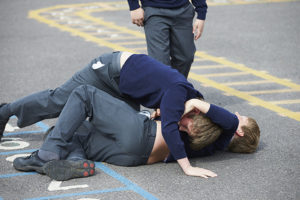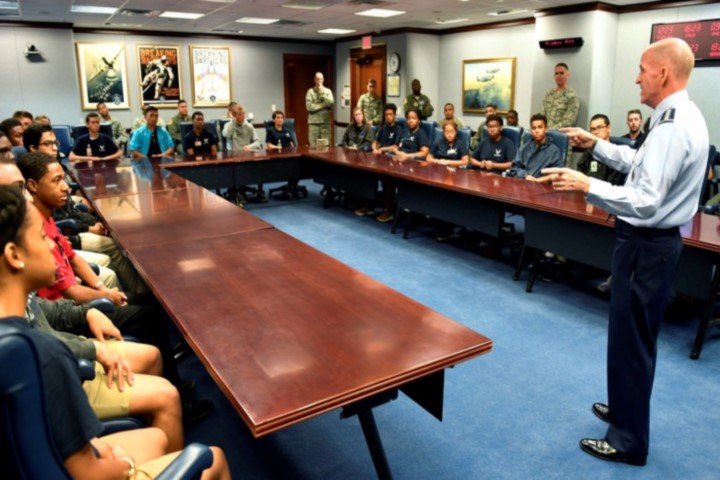The U.S. Air Force teamed with Delaware State University this summer to launch a new, three-week pilot training program that’s offering students much more than a chance to fly an airplane.


The U.S. Air Force teamed with Delaware State University (DSU) this summer to launch a new, three-week pilot training program that’s offering students much more than a chance to fly an airplane.
The ACE Flight Program – an acronym for Aviation, Character and Education – hosted two dozens students from across the country in July and August to learn about aviation and military careers as part of an effort to address a severe pilot shortage.
The camp offered students up to 10 hours of simulation instruction and 15 hours of actual flight time in a PA-28 Piper with certified flight instructors from DSU’s aviation program. During the last week of camp, students complete a solo flight, operating the aircraft from takeoff to landing on their own, an experience ACE Flight Program deputy director Maj. Kenneth Thomas said is a tremendous confidence booster and motivator.
“This was probably the greatest experience I’ve ever had in my life,” said Amon Jackson, an 18-year-old from Chicago. “It’s not just the fact that all 24 of us got to fly every single day, but also friends we made, the laughs we shared, the places we visited. Because of this program, I’ve solidified my passion for flying, and flying for the Air Force. To say I’ve been blessed is truly an understatement.”
In addition to flight lessons, students discussed the importance of character with Air National Guard and Air Force reserves officers during field trips to military bases in Virginia, Delaware and Maryland, where they also toured several military programs.
The character lessons “gave students the opportunity to visualize their goals and plan for the future,” according to Air Force Public Affairs. “Students learned how their personality traits contribute to their decision making capability, prepared for college applications, set personal and professional goals and created life maps.”
“The character lessons helped establish a baseline for the students,” ACE Flight Program DSU liaison William Charlton said. “It was meant to help them better understand themselves in an effort for better interactions between other students, their leadership and later, when they are in leadership positions themselves.”
The program aims to diversify the overwhelmingly white, male pilot pool, as well, with two women, 11 African-American, four Hispanic or Latino and eight women taking part in the class of 2018.
“Participating in the Air Force’s inaugural ACE Flight Program in Dover, Delaware, has been life changing,” Notre Dame University AFROTC cadet Jill Ruane said. “It was truly a blessing to have been given this opportunity. I am eternally grateful to DSU and all of the Air Force cadre for their tireless work to make this program a reality.”
A major component of the successful program revolves around the daily interactions and conversations between students from a variety of backgrounds, as well as the flight instructors and military officers who guided them along the way.
Joseph E. Davis, scholar at the Institute for Advanced Studies in Culture quotes Massachusetts Institute of Technology’s Sherry Turkle about the impact those conversations have on character:
… It is in this type of conversation – where we learn to make eye contact, to become aware of another person’s posture and tone, to comfort one another and respectfully challenge one another – that empathy and intimacy flourish.
In these conversations, we learn who we are.
The U.S. Department of Education offers a look at how racial and socioeconomic diversity can strengthen communities, schools, and students themselves on its “Diversity & Opportunity” webpage. The page provides links to grants and programs aimed at fostering diversity in several different kinds of schools, along with an outline of other initiatives the federal government is pursuing through the U.S. Departments of Housing and Urban Development and Transportation to narrow opportunity gaps for poor and minority students.